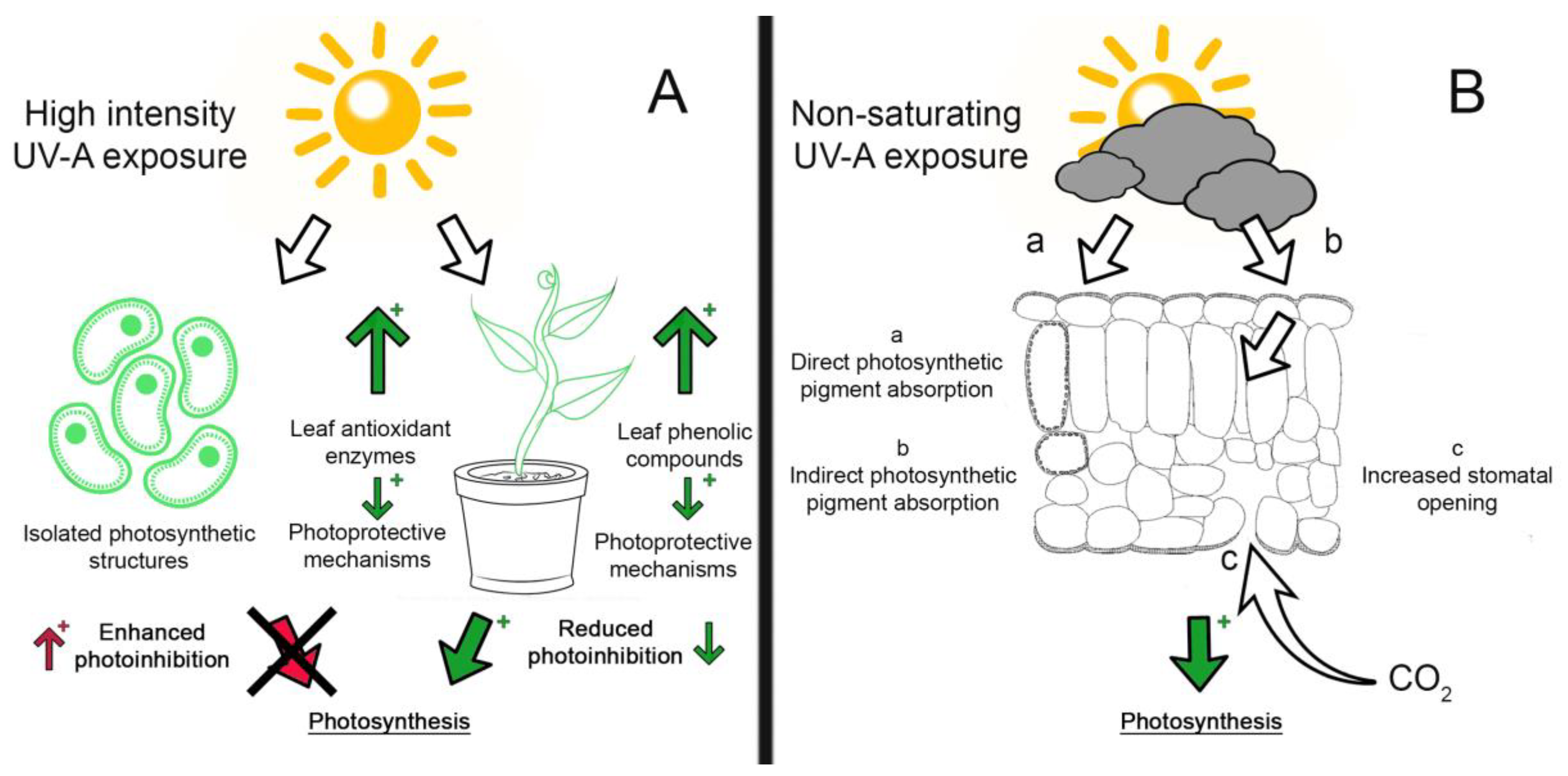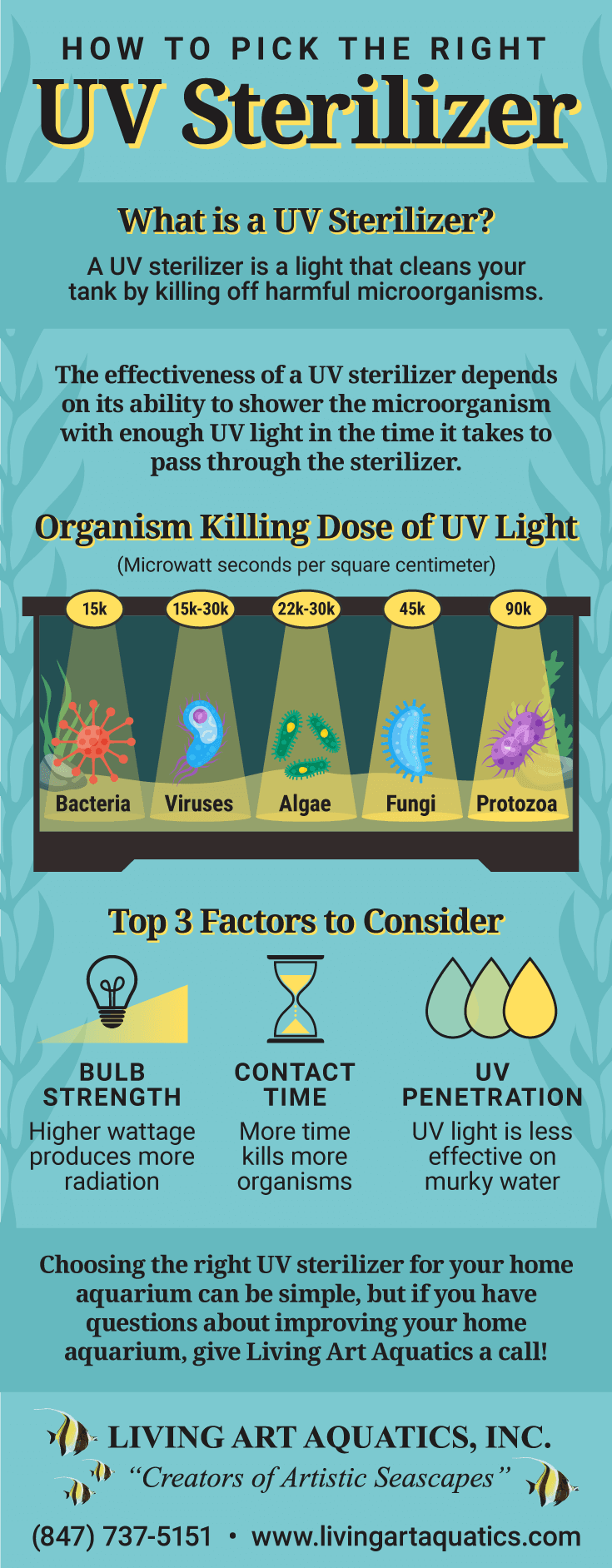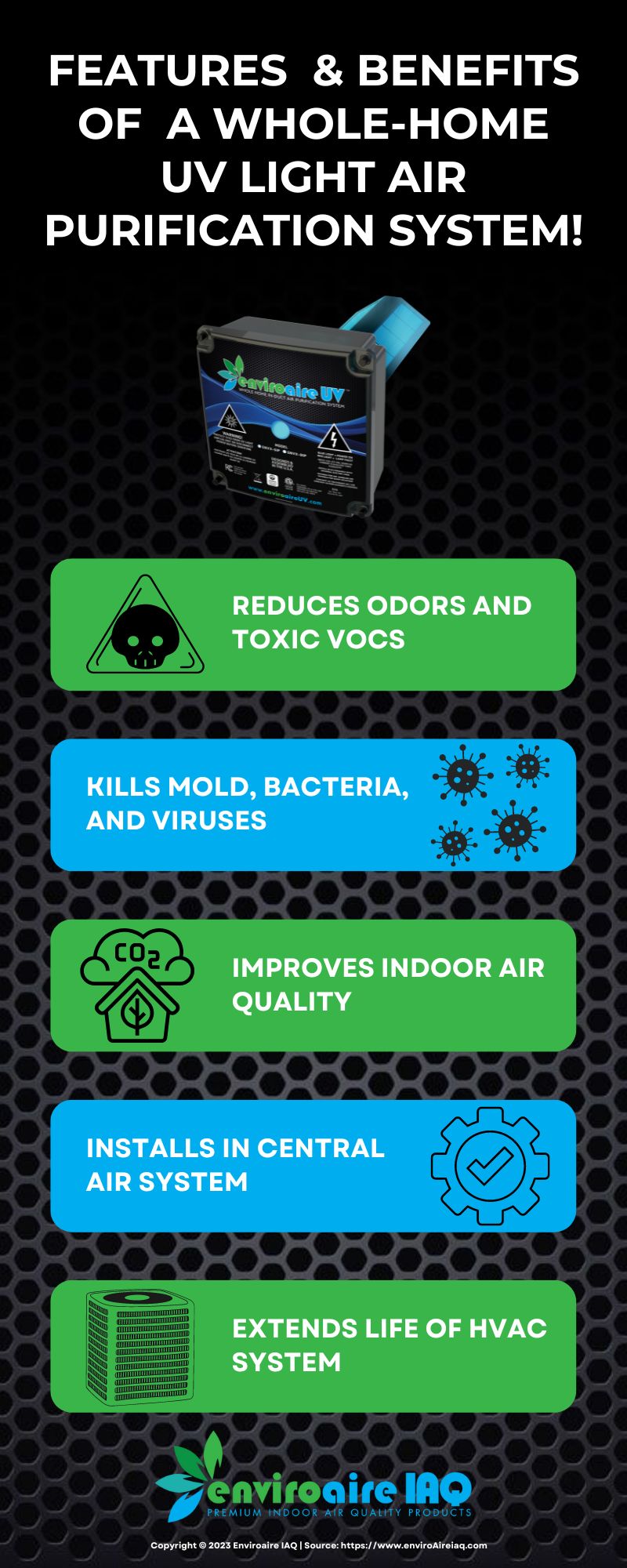The Main Principles Of Uvc Light
Uvc Light Things To Know Before You Buy
Table of ContentsGetting My Uvc Light To WorkThe smart Trick of Uvc Light That Nobody is Talking AboutLittle Known Facts About Uvc Light.The Ultimate Guide To Uvc LightUvc Light Can Be Fun For EveryoneThe smart Trick of Uvc Light That Nobody is Talking About
A new type of ultraviolet light that might be risk-free for individuals took less than five minutes to lower the level of indoor air-borne microbes by more than 98%, a joint research study by researchers at Columbia University Vagelos University of Physicians and Surgeons and in the U.K. has found. Also as microbes continued to be sprayed right into the space, the degree remained very reduced as lengthy as the lights got on.However previously these research studies had only been conducted in little experimental chambers, not in full-sized areas simulating real-world conditions. In the present research study, scientists at the University of St. Andrews, University of Dundee, University of Leeds, and Columbia University tested the effectiveness of far-UVC light in a huge room-sized chamber with the exact same ventilation rate as a normal home or office (concerning 3 air changes per hour).
The effectiveness of various strategies to lowering indoor virus degrees is typically gauged in terms of equivalent air modifications per hour. In this research, far-UVC lamps generated the matching of 184 equivalent air exchanges per hour. This exceeds any type of various other approach to sanitizing occupied interior rooms, where five to 20 equal air modifications per hour is the very best that can be accomplished almost.
See This Report on Uvc Light

The major criteria of UV-C sanitation are wavelength, dosage, relative humidity, and temperature. There is no agreement regarding their ideal worths, but, in general, light at a high dose and a range of wavelengths containing 260 nm is favored in an atmosphere at area temperature with reduced family member moisture. This light can be produced by mercury-vapour, light-emitting diode (LED), pulsed-xenon, or excimer lamps.
UV-C sanitation systems have promising attributes and the prospective to enhance in the future. UV-C disinfection need to presently be thought about for low-level instead than top-level sanitation.
Another application developed in 1910 when UV light was used to disinfect water. Nowadays, UV light is used for water, air, food, surface area, and clinical equipment disinfection.
The 7-Minute Rule for Uvc Light
DNA, RNA, or proteins of a micro-organism soak up UV light, with a peak absorbance around 260 nm [6] This results in the disturbance of DNA or RNA, leading to the inactivation of the micro-organism. UV-C-induced DNA interruption usually contains the bonding of 2 neighbouring thymine (or cytosine) bases rather of the standard connecting of a base with its corresponding base upon the other strand.

Dark repair service, on the various other hand, needs numerous enzymes and nutrients for energy [6] It is essential to know whether final inactivation results have taken into consideration the event of awakening since it may lead to 60% of the attained inactivation being turned around [7] Additionally, anomalies can arise upon UV-C exposure because this direct exposure can cause the origination of intra-strand cyclobutyl-pyrimidine dimers in DNA [ 6] The UV-C zone is used for disinfection however there is no consensus on the specific optimal wavelength. Bacterial DNA and RNA have peak absorbances of light at 260265 nm and around 260 nm, specifically [6] Therefore light at 260 nm can trigger one of the most disturbance. Nevertheless, various micro-organisms are most prone to slightly different wavelengths.
The Definitive Guide for Uvc Light
It also has an added advantage by decreasing photoreactivation via a decline of important site photolyase [9] On the other hand, it has technical effects because the overall power of the beam is after that divided over all present wavelengths. As a result, a micro-organism that is prone to 254 nm light will be inactivated more by a light that discharges solely light at 254 nm than a light that discharges a wavelength range at equal complete power.
Exposure times of 1045 minutes for area disinfection and 25 s to 5 min for clinical equipment were run into in literature.
Additionally, the outcome of a lamp lowers over time, so it is advised to determine the dose at the end of light life, which is rep of a worst-case situation. The dose additionally affects the amount of photoreactivation.
Zhang et al. observed a change in UV irradiance of 34% when the RH boosted from 50% to 90% [18] The quantity of RH influence on UV efficiency depends on today micro-organism and is much more obvious for microorganisms than for infections [16] Last but not least, the influence of temperature level depends upon the light.
10 Easy Facts About Uvc Light Explained


This is known as much UV-C technology and is a relatively new disinfection approach with limited knowledge about its effectiveness.
In research study, the results on pulsed versus constant UV-C sanitation efficiency differ. When comparing pulsed and continuous light it is important to keep various other variables such as wavelength and dose constant.
7 Easy Facts About Uvc Light Shown
In instance ozone is this article not required for disinfection, a modified lamp can be made use of. For mercury-vapour lights, drugged quartz glass or specialized soft glass can strain short-wave UV-C light. For pulsed-xenon, drugged quartz can be used as well [30] UV-C has promising features for sanitation such as automated disinfection, being less lengthy than widely utilized guidebook or chemical sanitations, leaving no harmful residuals, and being eco-friendly (if no mercury-vapour lamps are utilized) [31,32]